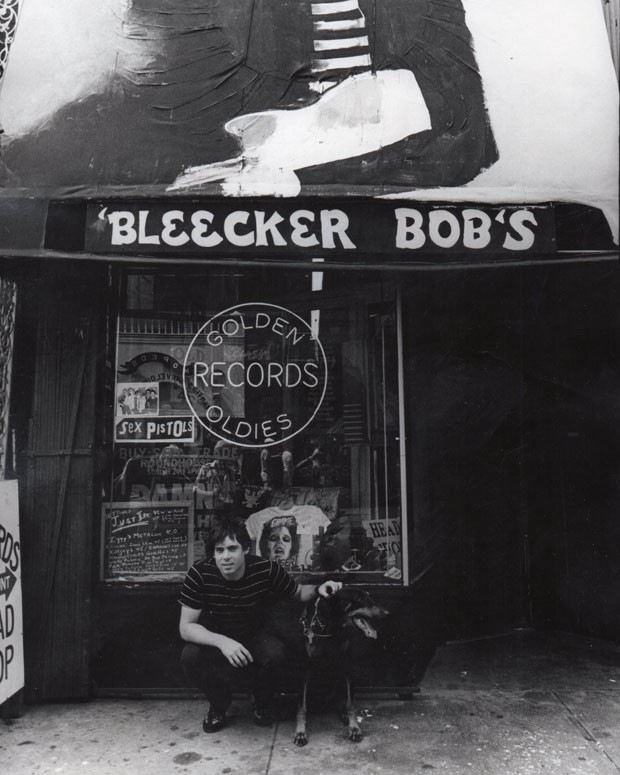
Striking a Chord – How Music Influenced Me, Changed Me, and Continues to Shape Me.
“Do you remember lying in bed with the covers pulled up over your head, radio playing so no one can see?” -The Ramones
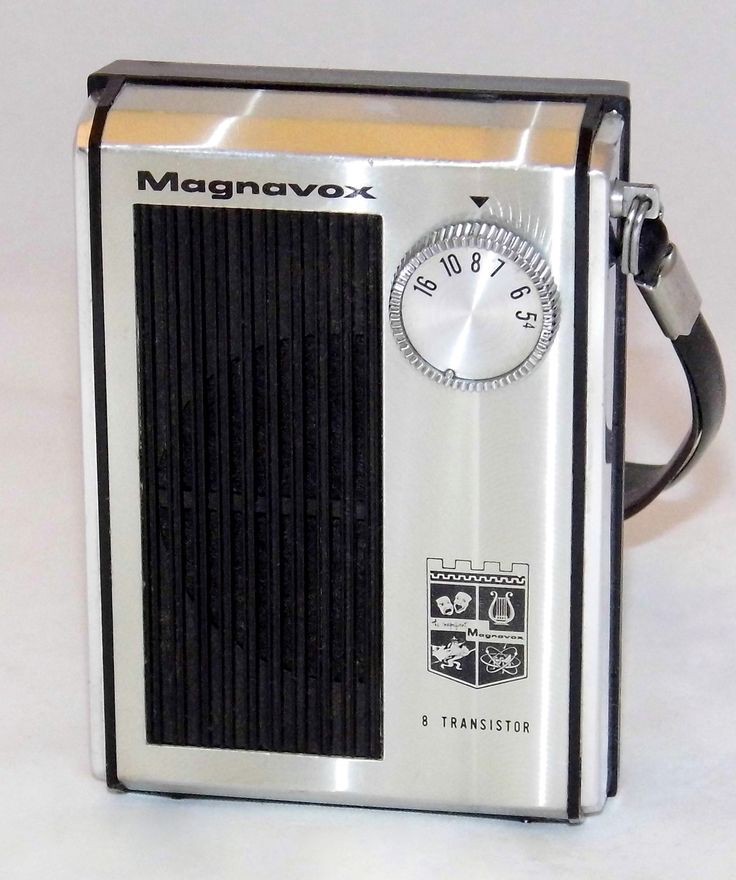
It was just the way Joey Ramone described it. I’m in my tiny bedroom in our apartment in Brooklyn. I’ve made a little tent with my blanket, and I’m beneath it, a tiny AM radio no bigger than a cigarette pack pressed up against my ear. Fiddling with the dial in the dark, I come upon station WNEW. It’s already after midnight, and with this being a school night, I’m supposed to be asleep. I’m not tired, though. Instead, I’m captivated by a quiet song that’s crackling from the tinny speaker. It’s “The Boxer”, by Simon and Garfunkel. I’m mesmerized by the lyrics, especially the ‘lai-la-lai’s of the chorus. It’s 1968. I’m 8 years old. I’m not certain if this was the moment that marked the start of my lifelong love affair with music, but almost half a century later, it’s as vivid as if it happened yesterday.
I grew up on the streets of Gravesend, Brooklyn in the ’60s. Our block, East 2nd Street, was a typical lower middle class Italian-Jewish enclave, and I had a gang of close friends that I ran with. AM radio ruled the airwaves. Music was always blasting out of a little boombox or a car radio somewhere nearby. There was a rivalry between the two giants, WMCA and WABC. Our gang was devoted to the latter. It was the era of the high-profile DJ, and with legendary personalities as Bruce (“Cousin Brucie”) Morrow, Ron Lundy, Dan Ingram, and Harry Harrison, WABC ruled the airwaves. (To this day, I can still mimic each DJ’s personal radio jingle.)
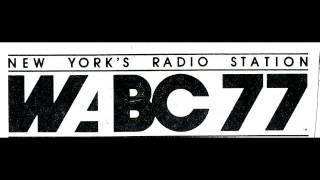
WABC was the soundtrack of our childhood. If we liked a song on the radio, we’d head over to Sam Goody’s on King’s Highway and purchase the 45. At this age, it wasn’t about the band. It was about the song. Looking back, for every cool purchase that I made (“Lola”, by the Kinks), I was just as likely to make an uncool purchase (“Kung Fu Fighting”, by Carl Douglas). At the time, though, the bar for “cool” and “uncool” was set pretty low. If Cousin Brucie played it, then it was cool. I had your classic 45 singles box with the plastic handle, the alphabetized tabs separating such notable one-hit wonders like “Venus” by Shocking Blue, “Ride Captain Ride” by Blues Image, “Brandy” by Looking Glass, and “In the Year 2525” by Zager and Evans. We didn’t know anything about the actual musicians at this stage in our lives, nor did we care.
In 1972, I struck up a friendship with a guy who lived on our block, Mike Orenstein. We called him Mike the Hippie, for he was indeed an honest-to-god hippie, with long flowing hair, a mustache, long sideburns, bell-bottoms, and John Lennon glasses, the prescription lenses tinted an ominous black. During the hours I spent in his psychedelic bedroom, the seeds of my future musical tastes were sown. His room was a sanctuary of black lights, incense, day-glo, lava lamps and peace signs. In addition to the requisite anti-war posters, he had a funky poster of a naked Mama Cass, and a huge print of his favorite group, the Jefferson Airplane.
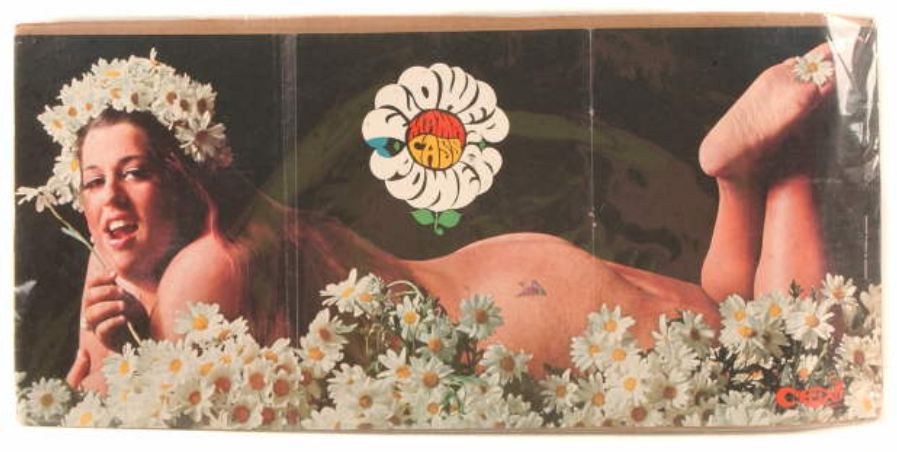
He played countless great songs from his collection for my benefit. I distinctly remember rocking out to “Light My Fire” by The Doors, and chilling to “Monday, Monday” by The Mamas and The Papas, as well as Donovan’s “Catch the Wind”. Being his favorite band, I received a heavy dose of Jefferson Airplane, and I recall him being amused by my shock at hearing Grace Slick sing that the human name “doesn’t mean shit to a tree” in “Eskimo Blue Day”.
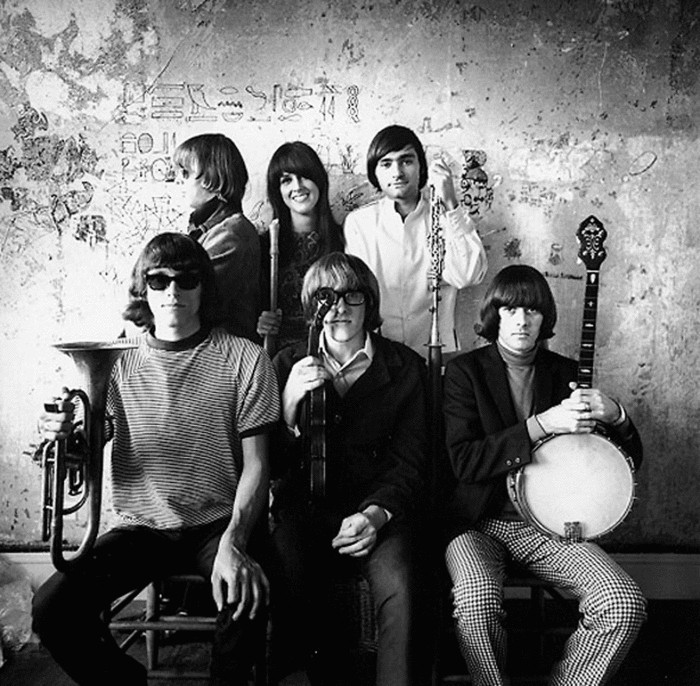
One day, I had purchased the 45 of “Honky Tonk Women” by the Stones, and at my pleading, Mike the Hippie painstakingly transcribed the lyrics for me, nobly trying to explain to an innocent 12 year-old what “drink you off my mind” meant. The hours spent in his room, talking current events, borrowing (and actually reading) his Abbie Hoffman and Jerry Rubin books, and grooving to these Summer of Love bands, had a profound effect on me, musically and politically. I began to think about bands and albums, and not just individual songs on AM radio.
In the ’70s, AM radio gave way to FM, and music was becoming even more important in my life. In New York, WPLJ and WNEW was where we tuned in. Our tastes changed, my friends and I. We shifted from the pop sounds of Tommy James and the Shondells and The Fifth Dimension to the rockin’ stuff, like Led Zeppelin, Black Sabbath, and Deep Purple. Like all 15 year-old boys, I fully surrendered to “Kashmir”, “Iron Man”, and “Smoke on the Water”.
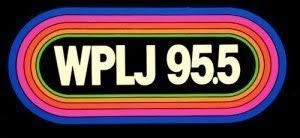
We rocked out to “Frankenstein” by the Edgar Winter Group, “Rock n Roll All Night” by Kiss, and “Cant Get Enough of Your Love” by Bad Company. At 15 years of age, your identity as an individual isn’t quite reflected in the bands you like and listen to. Close, but not yet.
And then high school arrives.
High school is where one really discovers and refines their music taste. I wisely chose to attend John Dewey High School, an experimental, progressive school, rather than the local hoodlum factories like Lincoln or Lafayette. It was 1975. The student body was roughly divided into two tribes: the hitters and the freaks. I quickly fell in with the freaks. Although Nixon had resigned, Saigon had fallen, and the war was over, the music from the Vietnam era still resonated with us. Crosby, Stills, Nash, and Young occupied our turntables, the girls we hung out with listened to Joan Baez and Joni Mitchell, and Bob Dylan was, well… Bob Dylan.
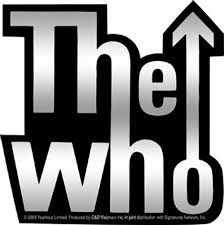
In addition to hippie protest music, we of course liked classic rock and roll (The Beatles, Doors, Stones and Who), and we also gravitated toward progressive rock bands like Pink Floyd, Yes, Emerson Lake and Palmer, King Crimson, Gentle Giant, and (my personal favorite) Jethro Tull. All of these bands, the progressive ones in particular, were listened to under the influence of enormous quantities of weed and other mind-altering substances. Music took on new meaning in high school. It was no longer background noise, something that played while you were occupied by other activities. Listening to music had become the activity itself. A new album release by a favorite band was a major event, and parties were thrown so that the gang could bond over these new songs. Lyrics were taken as seriously as literature. A band defined who you were.
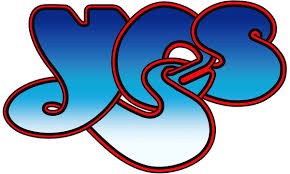
Entire assumptions were made about a person based on the band on their t-shirt or the embroidered logo on their denim jacket. Hendrix or Springsteen secured you a seat at the table. Boston or Styx? Probably a pathetic loser. Disco? You were the enemy.
It was on a warm Saturday night in the summer of 1977 that an epiphany occurred. While on line at the Waverly Theater in Greenwich Village for a midnight showing of The Rocky Horror Picture Show, my friends and I made the acquaintance of a British guy named Thomas. He was older than us (in his twenties!) and was a mortician (seriously) by trade. As we chatted, the subject of music came up, and he asked me if I had heard the Sex Pistols. I told him I was aware of them, but hadn’t actually heard the music. Shocked and horrified, he asked others in line to hold our place, and he marched me over to Bleecker Bob’s record shop on MacDougal Street where he bought me the 45 of “God Save the Queen”, in the royal blue picture sleeve, for four dollars.
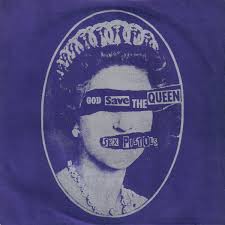
He told me to take it home, play it loud, and my life would be altered forever.
I did.
It was.
I’m not sure why punk resonated so strongly with me, but hearing that Sex Pistols single was a eureka moment.

To this day, punk remains my favorite genre. I’d always been a rebel at heart (thank you, Mike the Hippie), but with the war ended and Nixon gone, hippie music was passé. That revolution had passed, and a new one was rearing its head. I fell into it completely. It was odd, because outwardly, I really didn’t fit the profile, being a middle class Jewish kid from a stable home. Whatever. I loved it. Most of my high school friends were puzzled by punk, some treating it as a genre to be scorned like disco. A few got it right away. The majority eventually came around, but initially I felt like the only one who understood and appreciated it.

After high school, I attended New York University. For me, this meant a 40 minute subway ride north instead of south. One day, in my psychology class, the kid seated next to me asked the instructor a question, and I noticed his British accent. I glanced over at his desk to see a variety of crudely drawn punk band logos peppering the cover of his notebook, some familiar, some not. I told him that I liked punk, and his eyes lit up. “Really!”, he said. “I’m British, you know.” Duh. Neil’s wealthy family had just moved from London to New York, and he was living in the posh suburb of Great Neck. His parents had set him up in an amazing studio apartment on Fifth Avenue and East 9th Street, a block from Washington Square Park, and he was still unfamiliar with the neighborhood. I suggested we head over to Bleecker Bob’s record shop after class, and he agreed.
Seeing all the punk records on the wall nearly gave Neil a stroke. In a frenzy, he purchased The Buzzcocks’ debut album, “Another Music in a Different Kitchen”, there on the spot, and we went back to his apartment to listen to it. This was the start of a wonderful and very influential friendship. Though he was an ocean away from the epicenter of the U.K. punk scene, he had his finger on its pulse, and he remained consistently one step ahead of me, introducing me to bands like The Clash, The Jam, Wire, Joy Division, X-ray Spex, The Stranglers, and dozens of others, as well as entire genres like reggae, ska, and dub. My first taste of the Velvet Underground (“Venus in Furs”) occurred in that messy studio apartment. It was a musical education like no other, and it shaped my musical tastes forever.
As much as I loved being in New York City during the punk heyday, living at home in Brooklyn and commuting to NYU via subway was getting to be a drag. I finally cut the apron strings and transferred upstate, to SUNY Binghamton, in the fall of 1978.
My love of punk burned just as brightly in Binghamton. On campus, my social circle expanded beyond Brooklyn and Manhattan. I was now living amongst people from exotic locales like the Island of Long, and strange upstate towns like Carmel, Wappingers Falls, and Utica. Having just arrived from the center of the universe (Manhattan), I quickly discovered that my dorm mates had never heard of half of the bands in my record collection. It wasn’t due to lack of interest. It was more a lack of access. Fortunately, I immediately fell into a crowd of folks who were, to their credit, much less judgmental about music than I had become, and they were open to expanding their musical realm. As soon as my friend Mike heard Jean Jacques Burnel’s wicked opening bass line of “Princess of the Street” from The Stranglers first album Rattus Norvegicus, he was hooked, and the other guys in our crowd quickly followed suit.
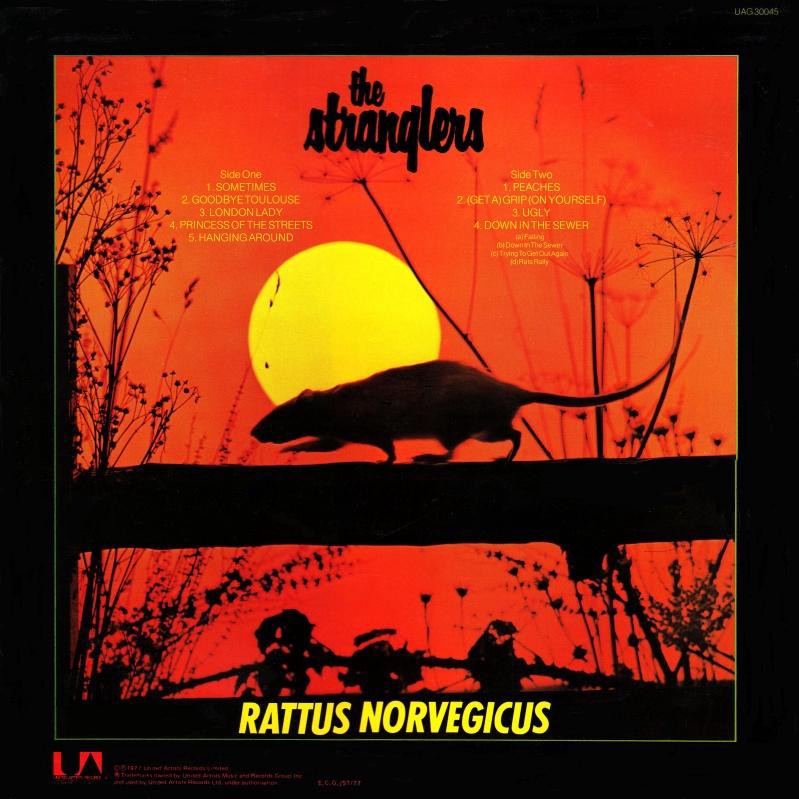
They didn’t just like punk because they liked their new dorm mate. They liked it for a better reason: it sounded fucking great. In college, just like in high school, music (and weed) played an enormous role in our lives. We were still teenagers, after all. I made the most enduring friendships of my life in those three short years, and all of this bonding was accompanied by a fabulous soundtrack. Amazingly, forty years on, my Binghamton buddies and I are still closely in touch, and we now get together annually. I created a playlist on my iPhone that chronicles those glorious years. Classic rock like Led Zeppelin, Lou Reed, Pink Floyd, Springsteen and The Doors are the mainstays, but I happily take full credit for the fact that The Stranglers song “Bring on the Nubiles”, with its notorious “lemme lemme fuck ya fuck ya” chorus is merely one of the many punk songs that has achieved equal status with the classic rock of that bygone Binghamton era. As Neil Young said in his autobiography, Special Deluxe: “Music is full with memories of love and happiness from the times of our lives. Songs are like little time capsules that take us back to those good times. That is part of music’s magic.” Nowhere does this feel truer than when I get together with my Binghamton buddies.
I left the safety and comfort of Binghamton, New York for the unchartered territory of Gainesville, Florida, after failing to get accepted to Cornell University’s College of Veterinary Medicine. Hoping that a Masters degree would improve my chances of getting into vet school, I enrolled at the University of Florida. The university had a veterinary college, and during the course of my Masters, I could become a resident of Florida, saving thousands in tuition. At UF, however, I was a fish out of water. Binghamton may have been a little strange, but Gainesville was another planet.
I didn’t know a soul in Florida, and everywhere I turned, I was brutally subjected to bands like REO Speedwagon and Bob Seger on local radio. My first weeks were rough. Living in a bland off-campus housing complex with a redneck surfer who was into Rush was positively soul-crushing. Thankfully, I was rescued.
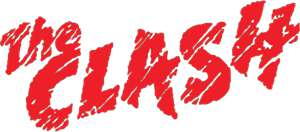
Although I hadn’t yet made the acquaintance of my neighbors across the hall, I certainly heard them. Their apartment was Party Central. One morning, as I was leaving my apartment for class, I nearly collided with one of the guys. “Hey,” said Richie, “we’re having a party tonight. Why don’t you stop by?” It was a genuinely friendly offer, and I accepted. Later that evening, about an hour into the party, a guy named Doug burst in with a damaged cassette tape. With repair kit in hand, he expertly spliced out the damaged bit of tape and declared that it should be playable. I asked him what was on the tape. “The Clash”, he said. I responded, “Cool. I really like them.” He looked at me with disdain and said, “I don’t know how much I can talk to you about The Clash, because most people who claim to be ‘into’ The Clash only know them from hearing ‘Train in Vain’, on the radio. So I’m not sure what you mean when you say you really like them.” It was a smug, dickish thing to say, but I knew exactly what he meant, and as a New Yorker, I admired his bluntness. He took the music seriously, and I liked that. To my delight, the tape contained obscure B-sides and rarities that I was well familiar with, and I blurted out the titles of each song seconds after they hit my eardrums. When the next song came on, a girl at the party named Kathy asked Doug the name of the song. “Ask him”, he said, pointing to me. “He knows them all”.
That piqued Kathy’s interest, and she and I started chatting. She lived two floors below me. She was majorly into music, and it was apparent that we liked the same bands. I took her and Doug across the hall to my apartment and they freaked out at my record collection. We were kindred spirits, and bonded instantly. I eventually did get accepted to University of Florida’s veterinary school, where I graduated with honors. I lost touch with Kathy, but stayed in touch with Doug. The paths of our lives, interestingly, diverged dramatically. After years of unhappiness and self-deception, I burst out of the closet and endeavored to live a more honest life. Doug delved deeper into his Jewish heritage. He moved to Israel, reclaimed his Hebrew name (though he’ll always be Dougie to me) and is living a devoutly religious life. Thirty-six years later, we e-mail each other regularly. We each see the world through vastly different lenses, and we’re smart enough not to wade too deeply into discussions of politics and lifestyle. The tie that binds us is our deep love of music. We’re kindred spirits, and that means forever.
A few months ago, after 29 years of veterinary practice, I retired. I’m now better able to pursue the many things that interest me. Naturally, this includes listening to the music that I love. Now that my work career is over, my brain is no longer preoccupied with angst over my ailing feline patients and my worried human clients.
I’ve been taking meditation classes, and they’re helping me see — and listen to — the world with a new sense of clarity. My days are spent walking all over this amazing city, and I walk with my kick-ass Master & Dynamic headphones glued to my head. They were a Christmas splurge last year, and the sound quality is unparalleled. Listening to music with a clear, mindful brain has been a revelation.
I listen to, at minimum, two CDs a day, every day without fail. Last week, on the walk home from my meditation class, I listened to the newly re-mastered debut album by The Doors. Though I’d played this album about a thousand times over the years, it sounded completely new. I never plan ahead of time what I’m going to listen to. Two days ago, it was Tom Petty and Aphex Twin. Yesterday, it was The Jesus and Mary Chain and XTC. I don’t know who it’ll be today; the day is still young. Thankfully, as I view the world through older eyes, I’ve become less judgmental, and have become open to more styles of music. I came to appreciate jazz later in life, as well as classical, and they’re now a significant part of my collection. A person’s musical taste is no longer a litmus test for whether we can be friends. I suspect I’ll always hate disco, though; it’s incorporated into my DNA, I think. But if I like someone and then find out that they like disco, I think I can let it slide. 🙂
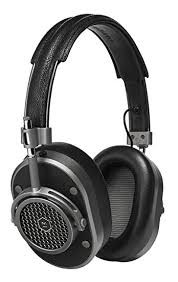
Discovering and rediscovering music has been the highlight of retirement, and is a perpetual insurance policy against boredom. In about an hour, I’m going to strap on the headphones and head outside for lunch. I’m not sure in what neighborhood or exactly which restaurant yet, and I don’t know which CD I’m going to choose today. It might be something old. It could be something new. It doesn’t matter. Every song I listen to lays another brick in the foundation of who I am, and this makes life good. Really really good.
